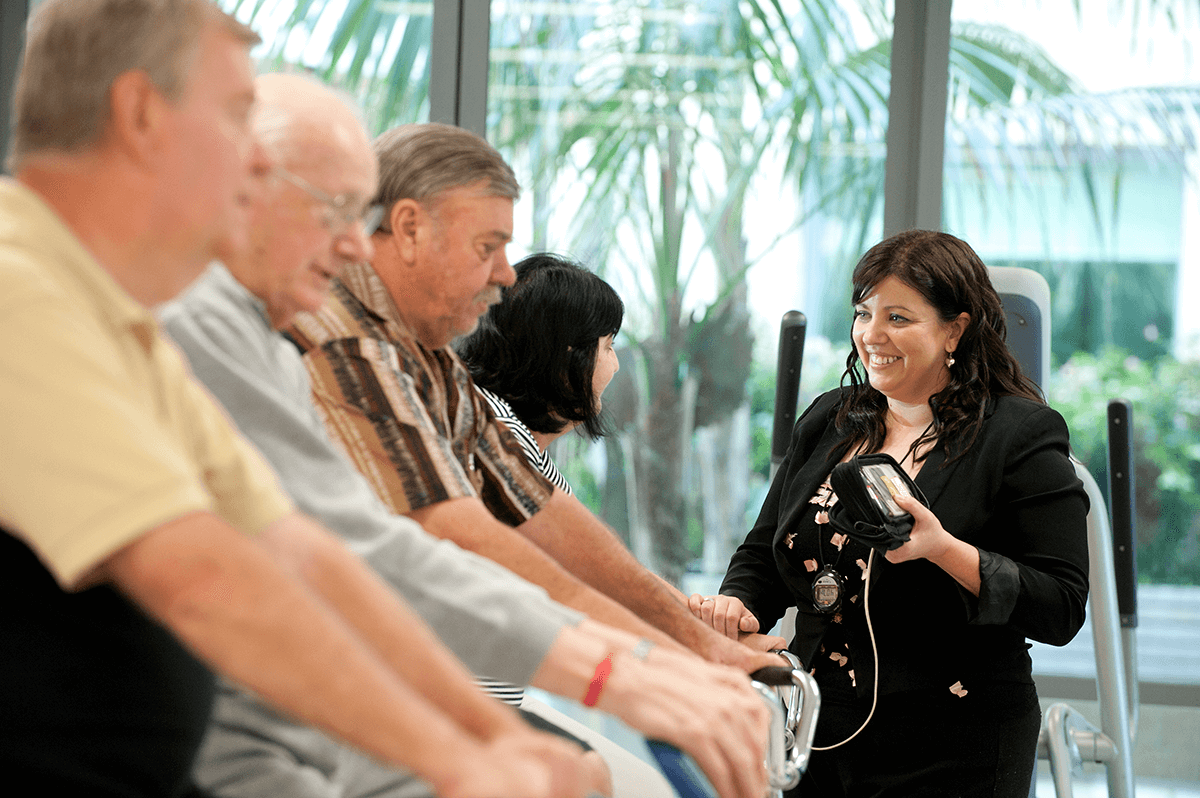Physical Activity, Asthma and Exercise
In the general asthma population, exercise training programs are well tolerated, and have a positive effect on health-related quality of life and cardiopulmonary fitness (Carson et al. 2013). Additionally, higher engagement in leisure-time physical activity has been positively associated with reduced exacerbations (Garcia-Aymerich et al. 2009) and health care use (Strine et al. 2007). The Asthma Handbook promotes adherence to physical activity for people with asthma. Despite this, adults with asthma have decreased levels of physical activity compared to the general population (Ford et al. 2003, Van’t Hul et al. 2016, Cordova-Rivera et al. 2018).
In people with severe asthma, reduced activity is even more pronounced than in less severe forms of the disease (Cordova-Rivera et al. 2017), likely due to poor disease control and the fear of triggering respiratory symptoms. This avoidance of activity is likely to further perpetuate deconditioning and poor health status. Nevertheless, in people with severe asthma aerobic training has positive effects, such as decreased bronchial hyperresponsiveness and exacerbations (Franca-Pinto et al. 2015), and improved health-related quality of life (Turner et al. 2011, Franca-Pinto et al. 2015)
Despite the need for further research to understand the impact of physical activity and exercise in people with severe asthma, promoting active lifestyle can be seen as an adjunct non-pharmacological strategy for the management of the disease. The level and type of activity should be discussed with the medical team, and medications should be integrated to prevent exercise-induced bronchospasm.

